On 20 May, Cyclone Amphan made landfall in India near the border of Bangladesh, in a low-lying region called the Sundarbans. In a matter of hours, the future of the whole region was rewritten.
When the storm hit, the devastation was immense. Thousands of predominantly low-caste and marginalised people had stayed behind, eager to protect their belongings and provide refuge and support for each other. Because of Covid-19 and the economic downturn, some of those families had recently moved back to the region from Kolkata, the nearest big city.
The Sundarbans is already at the forefront of the climate emergency: its shoreline is eroding at the fastest rate in the world. During the storm, earthen levees could not hold back all the salt water, and thousands of hectares of farmland were contaminated and rendered infertile. More than 100 people died, and millions of lives were changed forever in the aftermath. It was the region’s worst storm in more than a decade.
Did you hear about it? If so, probably not much.
Even within India, people in the Sundarbans just don’t matter enough to warrant sustained news coverage. For international media, coverage of extreme weather events happening around the world is usually focussed on predominantly white, wealthy countries – like the fires in Australia or tornadoes hitting the US. Occasionally, dystopian stories of seemingly inevitable destruction will focus on a locust outbreak in Kenya or coastal flooding in small island states. But when the worst cyclone in a generation hits during an actual plague?
Crickets.
The silence is even worse when you consider that the vulnerability of the Sundarbans isn’t an accident – it was produced by generations worth of choices by people in power to exploit others. In India, it’s the lowest-caste Dalits, Muslims, and Indigenous people who have been systematically disadvantaged and displaced for the benefit of extractive industries. Income inequality has skyrocketed during the past decades of coal-fuelled industrialisation, and the top 1% now own four times more wealth than the bottom 70% combined.
Cyclone Amphan wasn’t merely a "natural" disaster, it was a human-made disaster as well: an overlapping tempest of racism, a pandemic, and the climate emergency.
In that sense, the crisis of marginalised people dying from climate disasters around the world is not so different from the crisis of Black people dying from police brutality in the United States or Indigenous people in the Amazon from Covid-19. Wherever inequality persists, the web of poverty and injustice infects marginalised people, like a deadly disease.
Racism brought us the climate crisis, and it will take transformative anti-racism to solve it.
Join the expert conversation under this article.
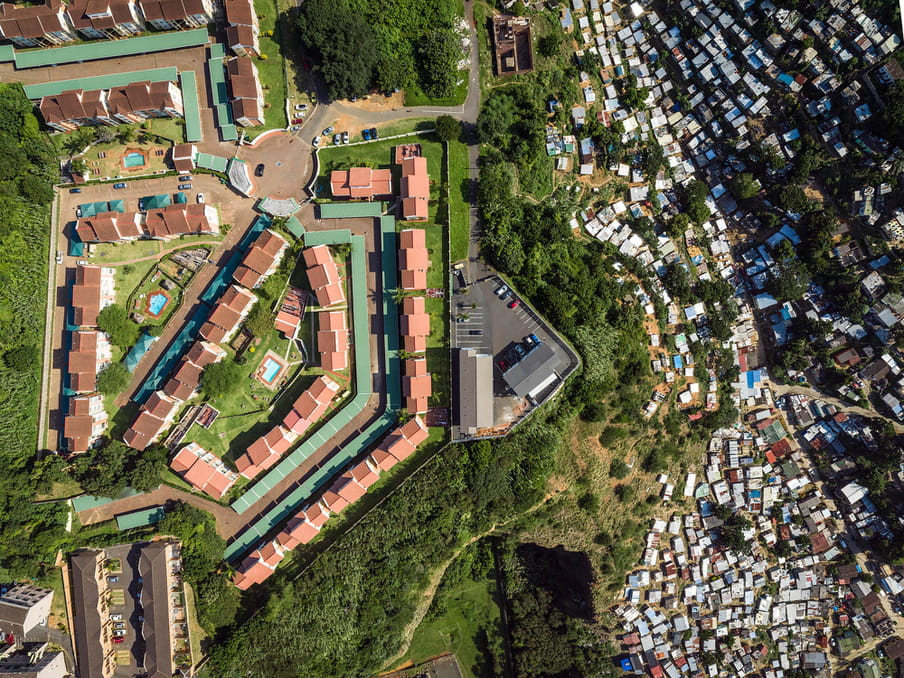
How the climate movement is becoming a movement for justice
When did the climate emergency start? Was it 250 years ago with the first coal plants in Britain that fuelled industrialisation and colonialism? Was it 400 years ago with the invention of private property rights and the beginning of the transatlantic slave trade? Was it 500 years ago with the genocide and dispossession of Indigenous people in the Americas?
It is impossible to separate the climate emergency from its embeddedness in the long struggle for social and economic justice. We’ve known for several decades that climate change makes inequality worse – and the mainstream climate movement is now reckoning with the idea that tackling inequality directly could be a primary tactic to effectively fight climate change.
How can places like the Sundarbans have justice before they are forced to abandon their homes yet again? How can the climate movement win its fight to abolish the fossil fuel industry, while working against some of the richest and most powerful men who have ever lived? And how can all of this happen in just the next few years, the timescale that the climate scientists say is necessary for us to preserve our planet’s critical ecosystems relatively intact?
One important answer to these questions may be emerging in the broadening of the climate movement from a purely environmental one to a movement for justice. Events this year are proving that the climate movement increasingly sees itself as a civil rights struggle instead of merely preserving the environment, saving polar bears or getting rid of plastic bottles in our seas.
Now, complex emergencies – climate disasters embedded within social unrest – are not new. In Late Victorian Holocausts, historian Mike Davis chronicles how the British empire used climate disasters to further acts of genocide and take control of vast swaths of territory in India, Africa, and the Americas. Canadian scholar Naomi Klein calls this “disaster capitalism”: using crises to further the concentration of capital and power in the hands of the few. The Syrian civil war is a more recent example of a climate disaster that helped precipitate a social collapse.
Events this year are proving that the climate movement increasingly sees itself as a civil rights struggle instead of merely preserving the environment
This year, though, this phenomenon is going global.
We are currently living through what is likely to become the hottest year in human history. The month of May was the hottest May in recorded history. So was the month of April. The next few months – the warmest months of the year in the Northern Hemisphere – is disaster season, which means heat waves, fires, floods, and hurricanes will cascade in rapid succession. All of this is happening amid the largest global civil rights protests in decades, amid an unprecedented global pandemic, and consequently, amid a severe global recession.
“Injustice anywhere is a threat to justice everywhere,” Martin Luther King Jr wrote in his Letter from a Birmingham Jail in 1963. His vision of a world filled with racial equality is burning bright in the minds of those taking to the streets this week.
King’s letter was about racial justice, but it might as well have been written about the climate movement: “We are caught in an inescapable network of mutuality, tied in a single garment of destiny. Whatever affects one directly, affects all indirectly.” Those words apply to carbon emissions too. And they can be cited as evidence in support of an entirely new political, economic, and social paradigm, just as relevant as any Summary for Policymakers from the Intergovernmental Panel on Climate Change.
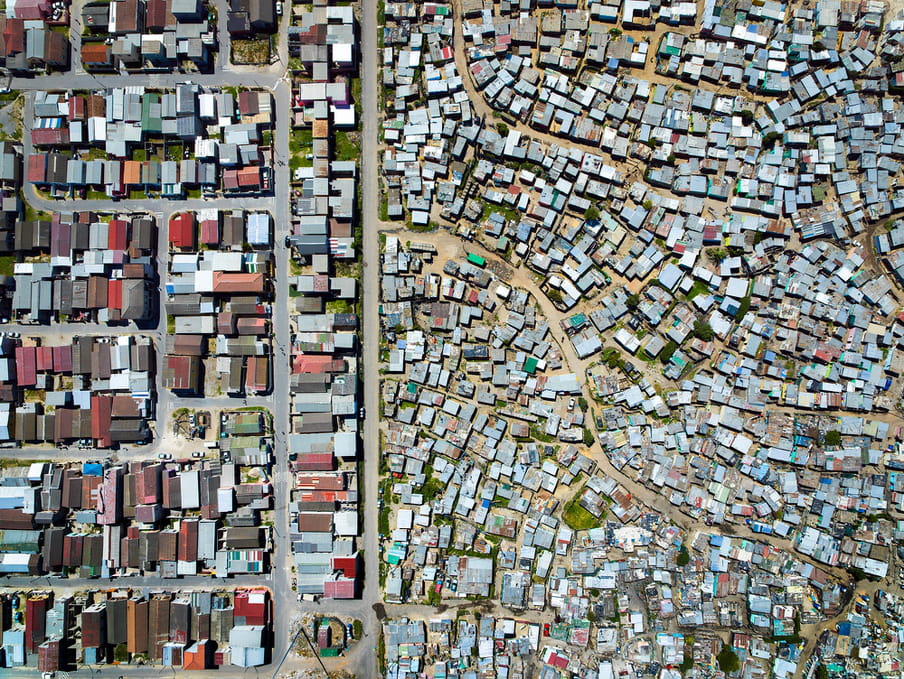
If people really matter, and especially if Black and marginalised people really matter, then everything changes. Confronting that truth can feel like a personal attack, but it can also feel liberating. Our job, if we care about the climate and our future, is to make it feel liberating.
“Climate change is about how we treat each other,” I wrote in September of 2019. Today, I realise that’s not the whole story. The whole story is more like what climate writer Mary Heglar wrote this week: “How will white people treat people who look like me?”
Whether it’s the toll of the pandemic, the inhuman excesses of late capitalism, or the climate emergency, all of it can be traced back to the unfair distribution of power and resources in all of our societies. The key to solving all these crises lies in a far reaching reduction of social and economic inequality.
What climate change has to do with inequality
Looking at the climate problem as primarily a justice issue helps to clarify it and opens up pathways for real solutions. The focus on endangered species and end-of-the-century temperature targets have made the climate crisis unnecessarily abstract. If, instead, the climate movement becomes a subset of a broader movement for justice in all forms, its urgency comes roaring back.
Major climate organisations are already shifting to the struggle for justice as a primary way of thinking about climate action. Varshini Prakash, the executive director of the influential Sunrise Movement, issued a statement last week saying that they will be diverting their resources explicitly to the Movement for Black Lives, and that if this revolutionary moment fails, “our chances of taking the kind of action we need on climate are essentially zero”. Since 1 June, the Sunrise Movement’s Twitter account has mentioned the phrase “defund the police” as often as the word “climate”.
This shift has been in the works for years. People living in the neighbourhoods hit hardest during Superstorm Sandy in New York City – public housing complexes in the Rockaways – have spent most of the past decade organising around a vision for their communities that puts racial justice and climate justice on equal footing.
Looking at the climate problem as primarily a justice issue helps to clarify it and opens up pathways for real solutions
The added energy of the police abolition movement since the killings of Breonna Taylor and George Floyd have brought more attention to the outsized budget of police departments across the US, in many cases claiming 30-40% of municipal spending. In Los Angeles, the city council has already designated that police department money should instead go to narrowing the poverty and racial gap, by investing it in public housing, schools, and low-carbon transportation infrastructure.
But the real harm is more insidious than that. Writing in the Washington Post, climate scientist Ayana Johnson made a powerful case for racial justice at the core of climate justice. “Even at its most benign,” Johnson wrote, “racism is incredibly time consuming. Black people don’t want to be protesting for our basic rights to live and breathe. We don’t want to constantly justify our existence.”
That racism has been embedded within the climate movement itself, too. The whole idea of nature as being something separate from humanity, something that should be preserved as “wilderness”, denies the existence and expertise of the people who have been living in balance with their environment for thousands of years. The mainline environmental movement is almost exclusively white, and has often been at odds with the priorities of grassroots groups for decades.
The idea that certain places – Bangladesh, the Marshall Islands, southern Louisiana – are already too far gone is rife in the climate movement as well. The Sierra Club’s Hop Hopkins described it succinctly: “You can’t have climate change without sacrifice zones, and you can’t have sacrifice zones without disposable people, and you can’t have disposable people without racism.”
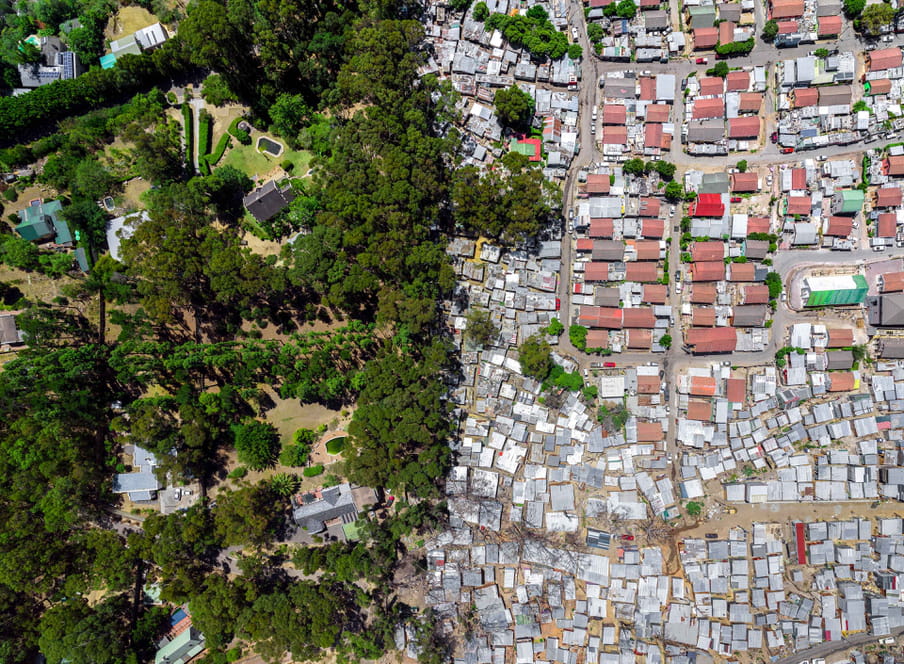
Inequality is not by accident – it’s by design
For capitalism to function properly, it requires inequality, and both racism and the climate emergency fit the bill. The result has been the emergence of a sort of eco-apartheid – a segregation of climate haves and climate have-nots. Looked at like this, high-emitting individuals and countries aren’t just growing their wealth and economies, they’re colonising the atmosphere and lowering chances of survival for everyone else – on purpose.
People experiencing the bad side of this inequality aren’t made powerless by accident, but by design. Luckily, this may finally be changing.
The policies of the Green New Deal tilt strongly toward a total restructuring of the social contract in the US, providing housing, jobs, and public safety as a human right – policies that are popular across the political spectrum. That they are low-carbon is almost inherent, because their primary goal is to initiate a sharp transition away from an economic system built on extraction and waste toward a fairer and more equal world where people don’t have to earn the right to survive.
Inequality is not only a human rights violation, it’s also a very ineffective environment for solving climate change. Because growing inequality weakens democracy, creates unnecessary luxury emissions, and reinforces power structures that exacerbate racism and environmental exploitation.
Moreover, the rise of inequality is fuelled by factors similar to that of climate denial, writes the French economist Thomas Piketty: those who have created the system to work in their favour actively suppress the idea that burning fossil fuels is harmful. In fact, this phenomenon is so pervasive that simple wealth and income taxes often do a better job of cutting emissions than carbon taxes.
Inequality is not only a human rights violation, it’s also a very ineffective environment for solving climate change
That’s why, globally, if the world were to redistribute wealth and incomes, shifting away from tough-to-decarbonise activities like air travel for rich people towards easier-to-decarbonise food and shelter for systematically marginalised people, carbon emissions could fall dramatically.
Julia Steinberger, an economist at Leeds University, is in the process of compiling a scenario of a world economy in the year 2050 that would be able to provide a decent living to everyone on Earth with the carbon budget of the 1960s, a 75% reduction from today’s levels.
Steinberger says there are any number of ways this utopia could come about, and some of them are already becoming more mainstream, like wealth taxes, reparations and economic policies aimed at degrowth. To be sure, radical carbon-cutting lifestyle changes borne by the world’s wealthiest people for the benefit of improving the quality of life (and, in the short-term at least, raising the emissions of) the world’s poorest is not, on its own, likely to drastically reduce emissions. But when taken in the context of a holistic political power analysis of the forces that have been driving the growth of emissions over the past two centuries, there’s every reason to believe that climate action would surge in priority in a more equal world.
Maybe this is why the climate movement has been failing so hard for decades. The goal isn’t just lowering our carbon emissions. It’s putting the well-being of people and ecosystems first, and letting everything else follow.
Viewed through this lens, the most effective climate policies may not look like traditional climate policies at all. Expanding low-carbon access to food, healthcare, and housing become cornerstone climate policies. And being actively anti-racist is perhaps the most important climate policy because the new system can’t come from the failures of the past.
A climate movement focused on anti-inequality will lift up art, flowers, and joy – the core of what makes us human.
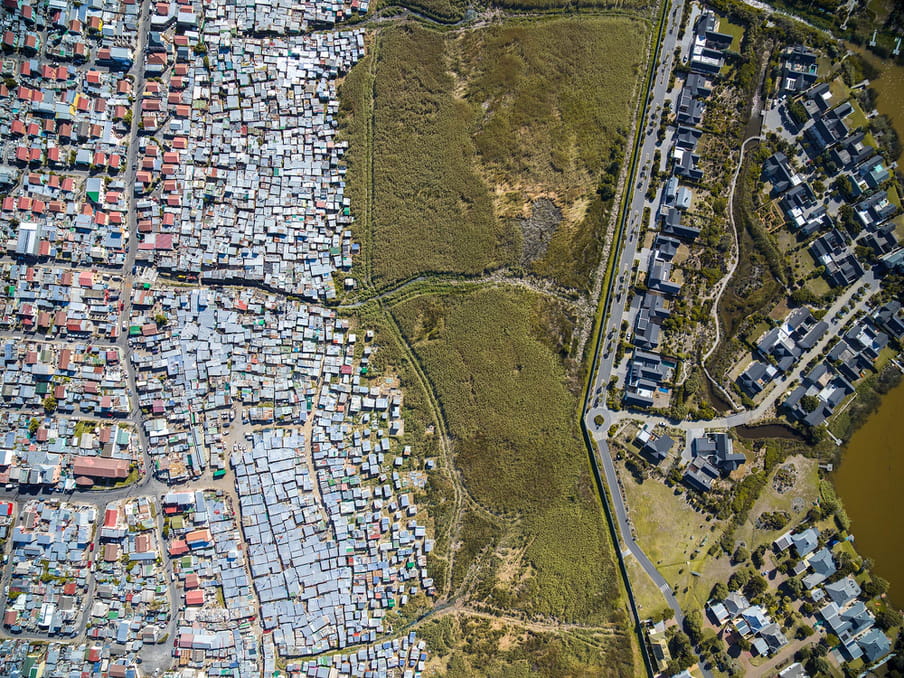
What future will win?
In 1996, a small group of environmental leaders met in New Mexico and agreed on a set of guidelines they called the Jemez Principles that would guide their work toward transformative justice. Those principles included “work together in solidarity” and “be inclusive”. Perhaps they were far ahead of their time, but the rest of the world is finally recognising that a return to normal is a return to failure.
In the weeks since Cyclone Amphan struck, the local government of the Sundarbans has pledged $10 per day for three months to 50,000 of the worst-affected families. It’s also continuing forward, for now, with the construction of a gigantic coal-fired power plant adjacent to the boundaries of the Sundarbans Unesco World Heritage site.
What future will win?
In this remarkable year, at this remarkable moment, that future is being rewritten every day and every hour.
The shift from curbing emissions to social justice isn’t about having less of what some have in abundance now – luxury consumption, business class flying – it’s about having more of what we all need: equal opportunities, racial justice, and global solidarity.
We are in a liminal space as a civilisation. It’s time to ensure everyone has a say in what comes next.
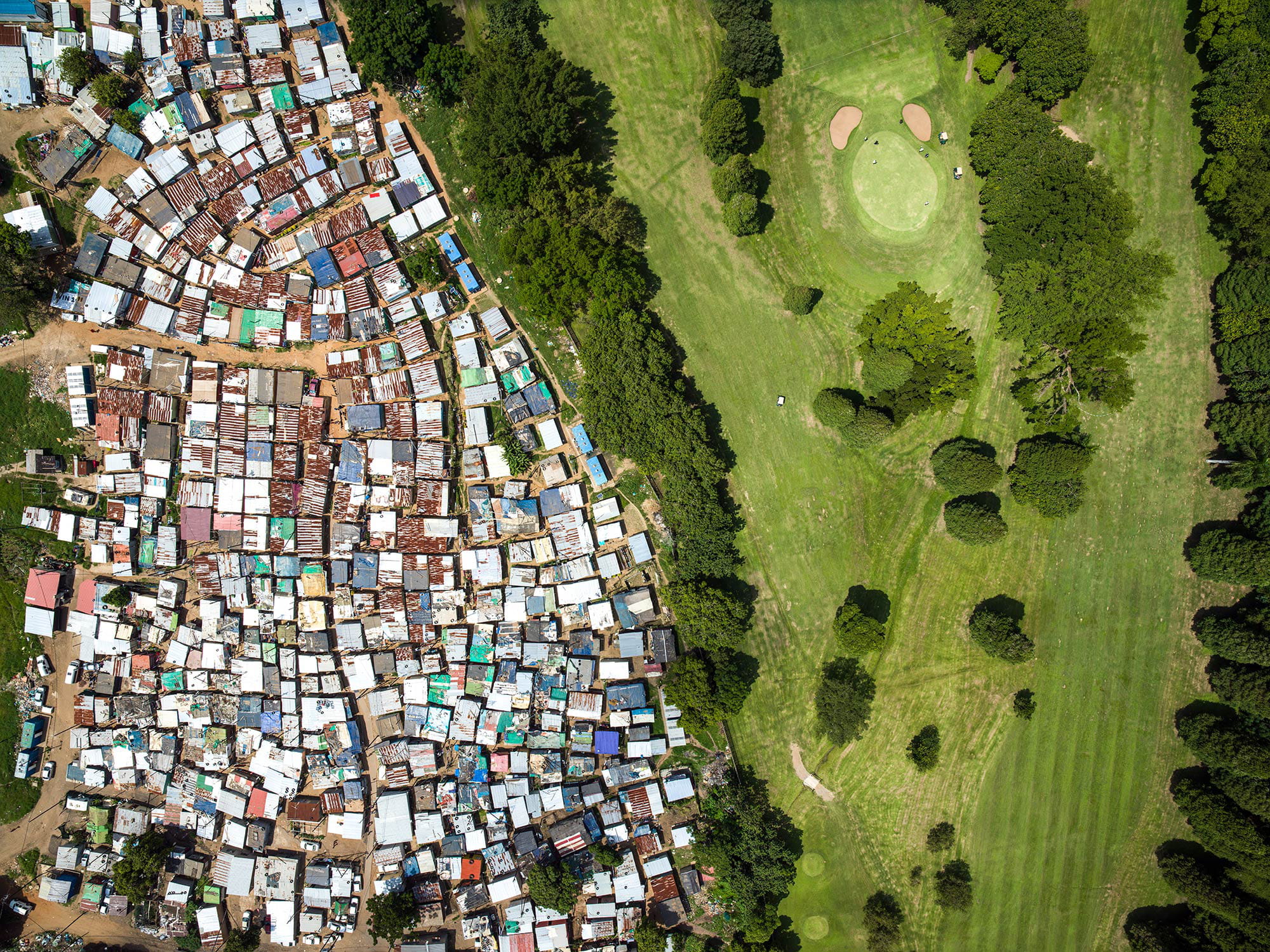 About the images
Unequal Scenes is a photographic project that uses drones to illustrate what people normally wouldn’t be able to see: the land from above. This higher point-of-view also allows the viewer to see something else that would normally go unnoticed: inequality. Consciously or not, we live within neighbourhoods and participate in economies that reinforce inequality. We follow routines and take for granted the built environment of our cities. From Cape Town to Mexico City, from Detroit to San Francisco, by observing places from above, the systemic nature of inequality becomes clear: it is planned and intentional disenfranchisement.
About the images
Unequal Scenes is a photographic project that uses drones to illustrate what people normally wouldn’t be able to see: the land from above. This higher point-of-view also allows the viewer to see something else that would normally go unnoticed: inequality. Consciously or not, we live within neighbourhoods and participate in economies that reinforce inequality. We follow routines and take for granted the built environment of our cities. From Cape Town to Mexico City, from Detroit to San Francisco, by observing places from above, the systemic nature of inequality becomes clear: it is planned and intentional disenfranchisement. Unequal Scenes began as a project by photographer Johnny Miller, then became a platform for multimedia storytelling, workshops and a meeting place for activists and creatives interested in enacting positive social change. (Veronica Daltri, image editor)
Dig deeper
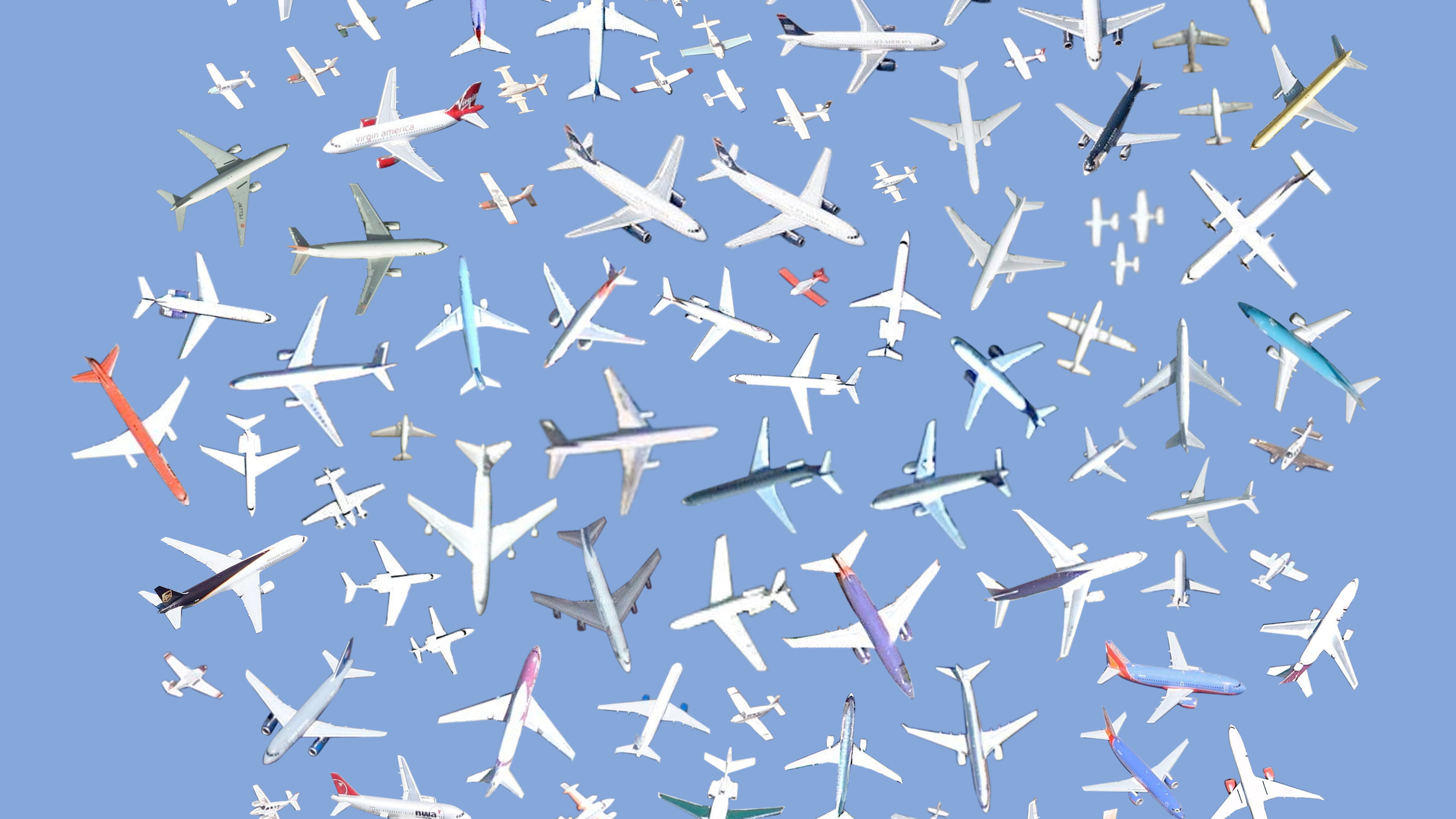 We aren’t just stopping coronavirus. We’re building a new world
We must pressure our leaders to take the long view in any coronavirus economic recovery package, even if this feels like a short-term emergency.
We aren’t just stopping coronavirus. We’re building a new world
We must pressure our leaders to take the long view in any coronavirus economic recovery package, even if this feels like a short-term emergency.


